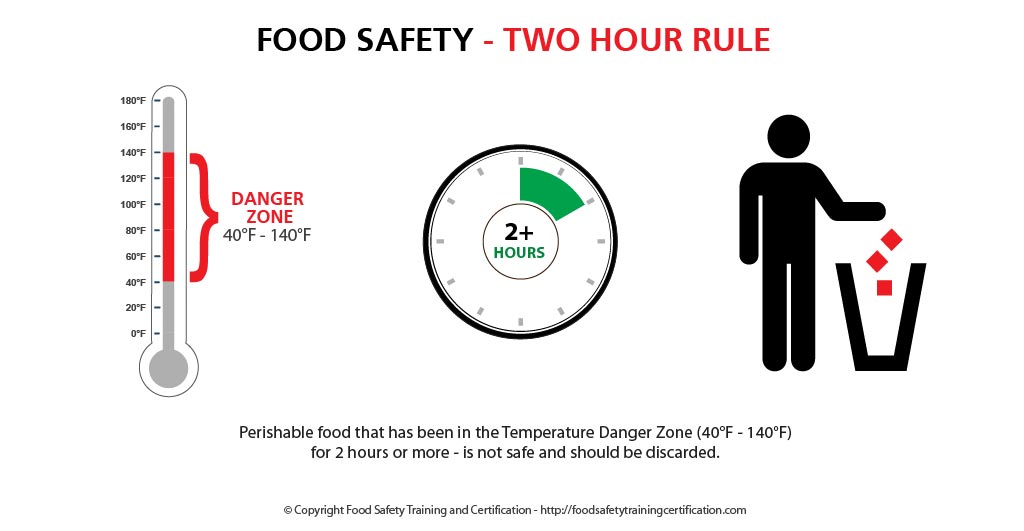November is a time of celebration bringing family and friends together around a banquet of traditional foods and family recipes. But it does not have to be a season of food illness. Take a few simple steps to celebrate preparing and handling food safely in November.



November is a big month for food and drink lovers to celebrate. Not only is there obviously Thanksgiving, but it just so happens there are many other food and drink celebration days in November.
- Learn about proper hygiene, cross contamination, cold and hot food safety, foodborne pathogens, and best practices to prevent foodborne illness.
- Food Manager Training & ANSI Certification - $99.00
- Food Handler Training - only $7.00!
- HACCP Training: 16hr/4hr/1hr
- Food Allergy Training - $15.00
- Enter Promo "train10off" at Checkout
Along with Thanksgiving – which is always celebrated on the fourth Thursday of November – there are so many food and drink celebrations to look forward to in the month of November, check out the list below:
- November 2 – National Deviled Egg Day
- November 3 – National Sandwich Day
- November 4 – National Candy Day
- November 5 – National Doughnut Day
- November 6 – National Nachos Day
- November 9 – National Greek Yogurt Day
- November 11 – National Sundae Day
- November 14 – National Spicy Guacamole Day
- November 16 – National Fast Food Day
- November 17 – National Baklava Day
- November 18 – National Apple Cider Day
- November 21 – National Cranberry Day
- November 22 – National Cashew Day
- November 23 – National Espresso Day
- November 25 – National “Eat With A Friend” Day
- November 26 – National Cake Day
- November 28 – National French Toast Day
- November 29 – National Lemon Creme Pie Day
- November 30 – National Mousse Day
Cooking for Groups
Along with celebrating preparing and eating and drinking your favorites, practice proper food safety procedures so foodillness will not ruin your season of feasting.
By following four simple steps, you can protect your families and friends and keep your food safe.
- Clean—Wash hands and surfaces often.
- Separate—Separate raw meats from other foods.
- Cook—Cook to the right temperature.
- Chill—Refrigerate food promptly.



Bacteria Danger Zone & Two Hour Rule
Bacteria multiply rapidly in the temperature danger zone range of temperatures between 40°F and 140°F, doubling in number in as little as 20 minutes. This range of temperatures is often called the “Danger Zone.” Never leave food out in this temperature zone for over 2 hours.
Bacteria will creep up on you if you let foods sit out too long. Don’t leave perishable goodies, such as meat, poultry, eggs and casseroles in the “Danger Zone” over 2 hours; 1 hour in temperatures above 90°F.



Summary
November is a time of celebration bringing family and friends together around foods. But it does not have to be a season of food illness. Take a few simple steps to celebrate preparing and handling food safely.









